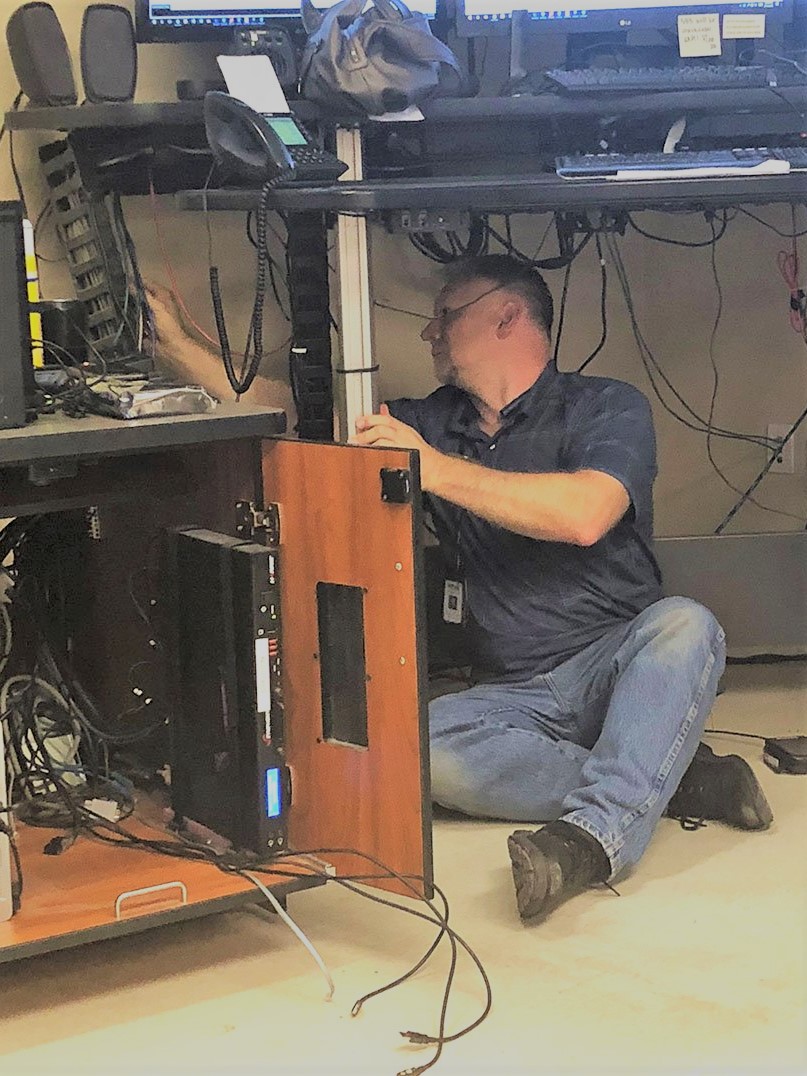
At the North Central Texas Emergency Communications District, we pride ourselves on our commitment to innovation, but we aren’t just after the shiniest, newest tech. We are first always looking out for our PSAPs and telecommunicators, and our job is to help them do their job by giving them the tools, training, and support they need. As Next Generation 9-1-1 (NG9-1-1) continues to gain ground and as more and more new technologies dominate our lives, we have to adopt new digital strategies to accomplish this goal.
Over the years, we’ve adopted a significant number of NG9-1-1 tools, which means we’ve had a lot of experiences that taught us some valuable lessons. We wanted to share these to help other 9-1-1 entities strategize for NG9-1-1 implementation.
Involve your TCs from the start
There’s nothing worse than having a change thrown at you out of the blue. Even if that change is going to help you do your job in the end. Talk to your TCs long before the new change or innovation is implemented and get their opinions on the best way to do it. The more your team hears about the upcoming change, the easier it will be for them to adapt, and they may be able to point something out that you had previously not considered. This means that you need to take their suggestions seriously. Don’t make a show of wanting to hear from the telecommunicators just to please them and then ignore their requests. Though we know that some ideas might not be feasible for implementation, going out of your way to hear concerns and adopt as much as possible will let your team know that you’re on their side.
Before we adopted a lot of our innovative tools, like supplemental location accuracy or crowd-sourced data collecting, we held meetings, focus groups, and other discussions with representatives from our PSAPs so that we could better understand how they would be affected. This was a lesson we learned early on from one of our first NG9-1-1 projects after we were told that our TCs wanted more of a say in the implementation process. Though we included our PSAP Supervisor Committee in these early conversations, our telecommunicators wanted an even more inclusive conversation with other PSAP personnel. We heard them, and we adapted.

Develop appropriate training that mimics a live environment
When NCT9-1-1 switched our call-handling solution for all 43 of our PSAPs, we knew that extensive training would be necessary to help our TCs adapt to the change. But we hit a road block when we discovered that some of our PSAPs were encountering different scenarios with the new solution in a live environment that were not present in that controlled training environment. Luckily, our training coordinator was flexible and able to adjust her lessons to meet these needs, but we learned then how important it was to have a training resource that would mimic what our TCs were actually seeing day-to-day.
Training can go beyond your TCs as well. Training the trainer is the first step to ensuring a smooth transition and training the staff members implementing the new solution so that they can answer telecommunicator questions is more valuable than you might think. Everyone involved in the process should know as much information as you can possibly give them, as this allows everyone to be on the same page and prevents miscommunication early on, which can lead to larger consequences down the road.
It’s also important to push for all of your telecommunicators to attend the training sessions, not just one representative as this might cause mistranslations of certain aspects of the system.
Communicate across silos
For a significant technological implementation, there are going to be a lot of people involved, which means a lot of varying opinions. For most of our NG9-1-1 implementations, we had 2 to 3 teams engaged, plus vendors and other stakeholders, and then the telecommunicators themselves. Everyone had a different idea of why this change was happening and what was the best way to do it. Before we realized how important it was to get everyone on the same page early on, we had issues of miscommunication between teams that led to a longer process overall. This meant that our technology team might have one idea of the best way to display a solution, while the operations team had another. Where a compromise could have been identified early on in the planning stages, one instead had to be made in the middle of the project, which slowed things down. Now we make an effort to ensure this discussion is had early on with all participating parties.
Change is coming to 9-1-1 with the adoption of Next Generation and it can improve your telecommunicators’ daily tasks if implemented correctly. Citizens utilize technology more and more, but public safety is still adapting to this new world. By planning ahead and communicating effectively, adopting NG9-1-1 doesn’t have to be overwhelming.